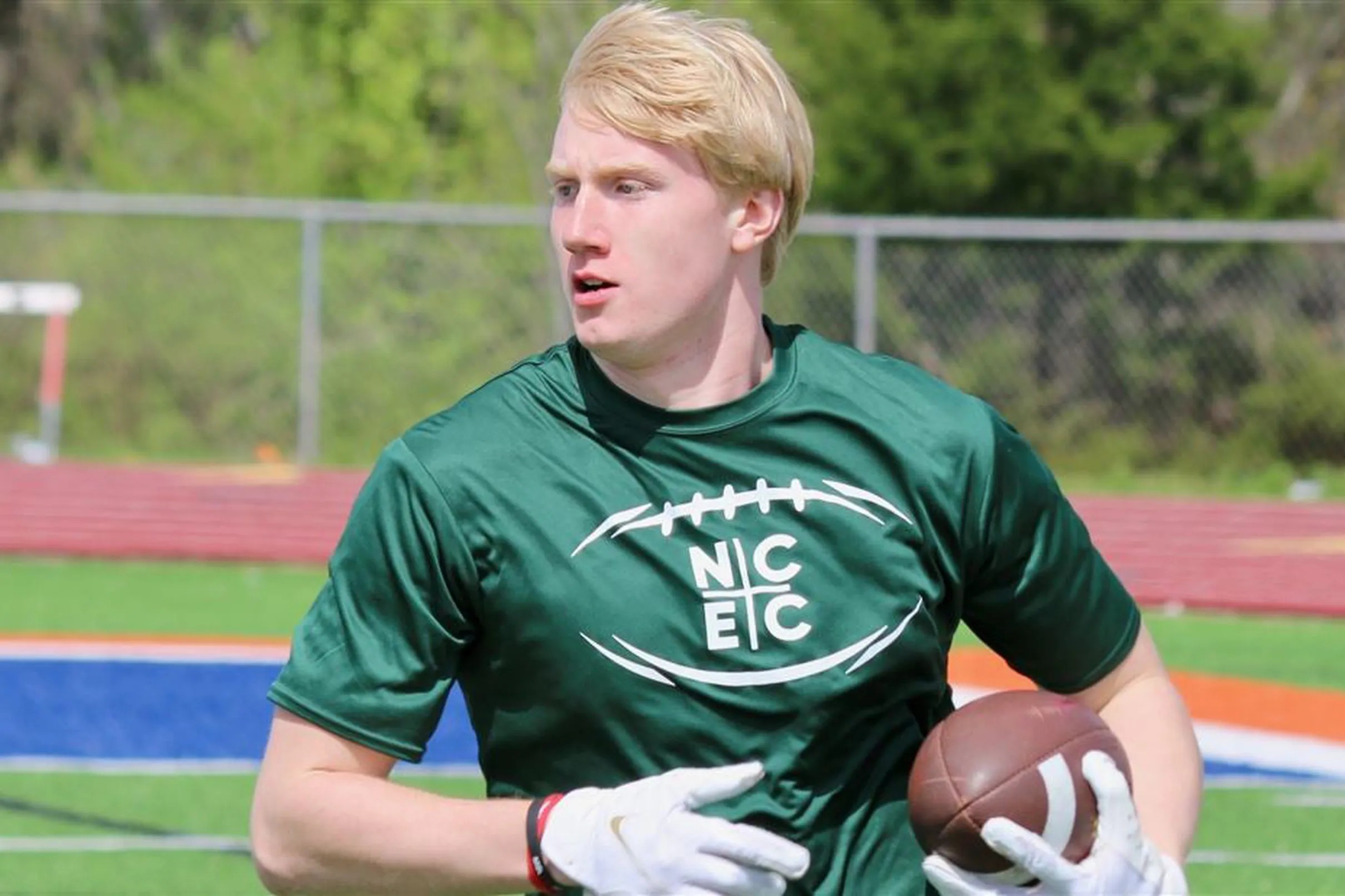Former Four-Star Commit Flips To Utah's Biggest Rival After Two-Year Mission: A Critical Examination of Complexities
Introduction
College athletics is an integral part of American culture, with millions of fans tuning in to watch their favorite teams compete each year. However, behind the scenes, the world of college recruiting is a complex and often controversial one. In recent years, the trend of highly-rated high school athletes committing to one school and then switching to another has become increasingly common. This phenomenon, known as "flipping," has raised concerns about the integrity of the recruiting process and the impact it has on both athletes and universities.
One of the most recent and high-profile examples of flipping is the case of Makai Starley, a former four-star recruit who initially committed to the University of Utah but later flipped to their biggest rival, Brigham Young University (BYU). Starley's decision to flip was particularly surprising given that he had been committed to Utah for two years and had even served a two-year mission for The Church of Jesus Christ of Latter-day Saints, which is headquartered in Utah.
This essay will critically examine the complexities of Makai Starley's decision to flip to BYU. We will explore the factors that may have influenced his decision, the impact of his flip on both Utah and BYU, and the broader implications of flipping in college athletics.
Factors Influencing Makai Starley's Decision
There are a number of factors that may have influenced Makai Starley's decision to flip from Utah to BYU.
One possible factor is Starley's religious beliefs. Starley is a member of The Church of Jesus Christ of Latter-day Saints, and BYU is a private university owned and operated by the church. It is possible that Starley felt a stronger connection to BYU because of his shared religious beliefs.
Another possible factor is Starley's desire to play for a winning program. BYU has been a more successful football program than Utah in recent years, and Starley may have felt that he had a better chance of winning a championship at BYU.
Finally, it is also possible that Starley simply had a change of heart. He may have decided that he no longer wanted to attend Utah for whatever reason, and BYU may have been the best alternative for him.
Impact of Starley's Decision on Utah and BYU
Starley's decision to flip from Utah to BYU had a significant impact on both schools.
For Utah, Starley's flip was a major loss. He was one of the top recruits in the state of Utah, and his commitment to the Utes was seen as a major victory for the program. Starley's flip also raised questions about the future of Utah's recruiting efforts, as it showed that even the most highly-rated recruits can be swayed to other schools.
For BYU, Starley's flip was a major coup. He was one of the most sought-after recruits in the country, and his commitment to BYU sent a strong message that the Cougars are a force to be reckoned with in college football. Starley's flip also gave BYU a much-needed boost in recruiting, as it showed that the Cougars can attract top talent from all over the country.
Broader Implications of Flipping in College Athletics
The trend of flipping in college athletics has a number of broader implications. One implication is that it makes it more difficult for schools to build and maintain successful programs. When top recruits flip to other schools, it can leave a hole in a team's roster and make it difficult to compete for championships.
Another implication of flipping is that it can create a sense of instability in the recruiting process. When recruits are constantly flipping from one school to another, it can make it difficult for schools to plan for the future. This instability can also make it difficult for recruits to make informed decisions about where to attend school.
Finally, the trend of flipping can also lead to increased pressure on recruits. When recruits know that they are being pursued by multiple schools, they may feel pressured to make a decision before they are ready. This pressure can lead to recruits making decisions that they later regret.
Conclusion
The decision of Makai Starley to flip from Utah to BYU is a complex one that has been influenced by a number of factors. While his decision may have been disappointing to Utah fans, it is important to remember that Starley is ultimately making the decision that he feels is best for himself.
The trend of flipping in college athletics is a concerning one that has a number of negative implications. It makes it more difficult for schools to build and maintain successful programs, creates a sense of instability in the recruiting process, and increases pressure on recruits. It is important to find ways to address the issue of flipping in order to ensure the integrity of the recruiting process and the well-being of student-athletes.
Forget Red Hulk, The MCU Just Rewrote Marvel's Power Hierarchy By Introducing 2 New God-Tier Hulks
Saints Make Decisions On Derek Carr, Alvin Kamara And Chris Olave Ahead Of Packers Game
Shooter At Large After Opening Fire Inside Katy Mills Mall; No Injuries Reported, HCSO Says



/cdn.vox-cdn.com/uploads/chorus_image/image/7819113/136341860.0.jpg)